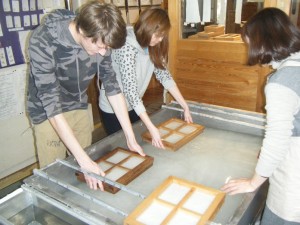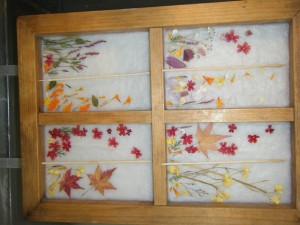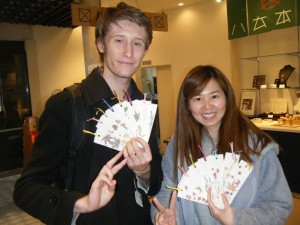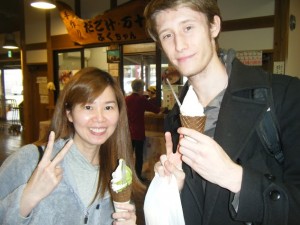Fukuoka Tower and Robo-Square
After our test on 16th Dec. 2015, we went to Fukuoka Tower. It was a freezing cold day and poor Sensei had to help us to take photos in the strong wind… Thank you Sensei…
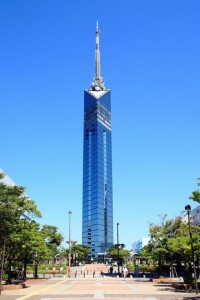
@Fukuoka City
After the photo taking, we entered the Japan’s tallest seaside tower, Fukuoka Tower.
Fukuoka Tower is 234 meters tall, it’s underground foundation weighs 25,000 tons but the portion of the tower above ground weighs only 3,500 tons. Fukuoka Tower is often referred to as “Mirror Sail” as it is made with 8,000 one-way mirrors, the triangle tower resembles a sail of glimmering mirrors.
Mr. Fuhta is Fukuoka Tower’s mascot. 可愛いね (Cute!).
While the elevator was moving up to the observation deck, I spotted some Christmas decoration on the structure of the tower. Before we realized, we had reached the observation deck, which is 123 meters above ground.
We walked around, enjoying the amazing panoramic view of Fukuoka’s cityscape, Hakata Bay, Muromi River, etc. 綺麗ですね (Beautiful).
I saw the “Omikuji”, and had a try on it, and to my surprise, I got a “Best Luck”, Wooohooo…..‼️
We also took some amusing 3D photos, before we proceeded to the next destination, RoboSquare.
RoboSquare was established on 20th July 2002. RoboSquare focuses on increasing familiarity and awareness with robots, being an educational facility for learning robots and also production of robots. There were robots on display and we were able to touch and communicate with them.
We saw Kitty chan at the entrance, and we were able to communicate with her, it was amusing. We saw a cute baby harp seal, named Paro, it was designed to have a calming effect on and elicit emotional responses in patients of hospitals and nursing homes.
Paro responded when you touched its fur and whiskers, it was amazing and impressive.
Before we ended our activity, We took a few photos with Paro and reluctantly said goodbye to Paro.
A rare experience for me to view nice scenery high up in Fukuoka Tower and a warm and close contact with Paro on a cold day…. 寒かったね (It was cold…).
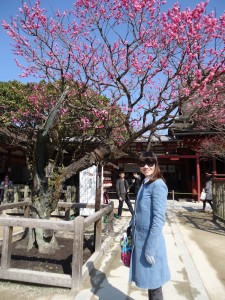
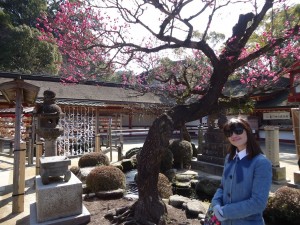
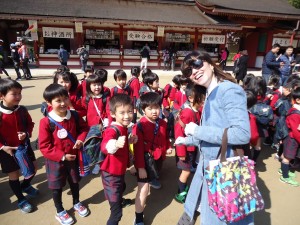
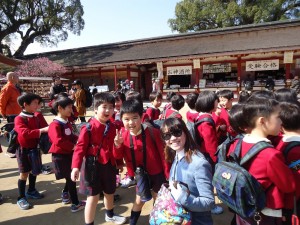
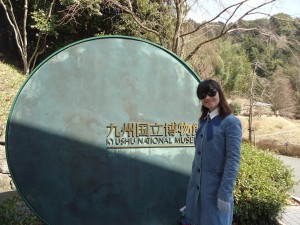
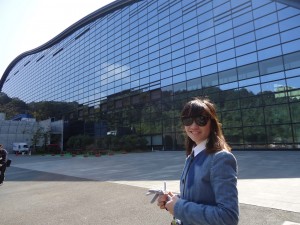






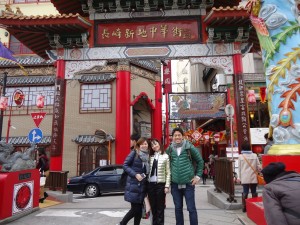
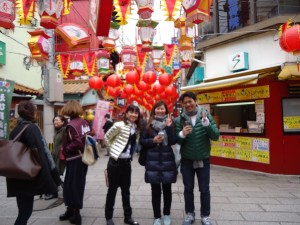
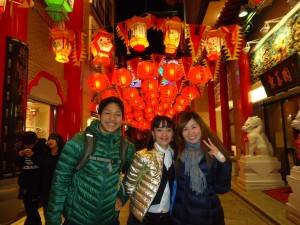
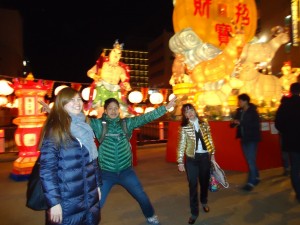
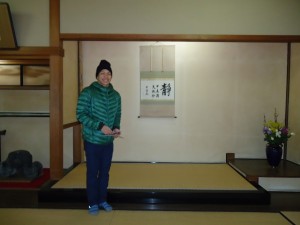
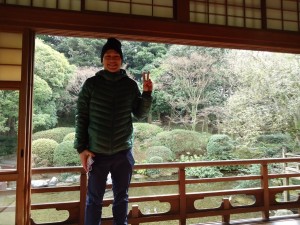
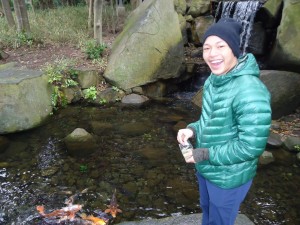
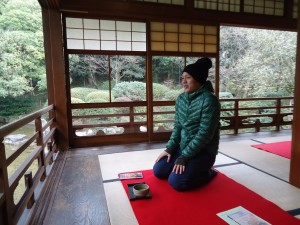
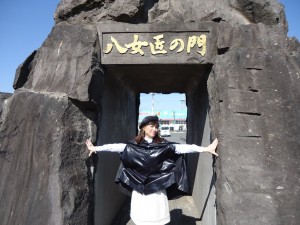
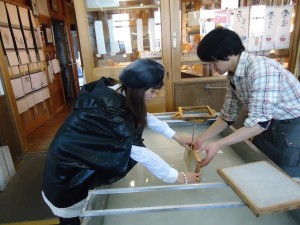
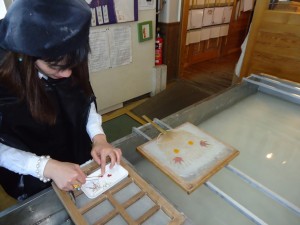
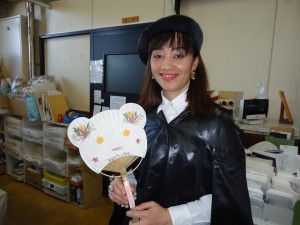
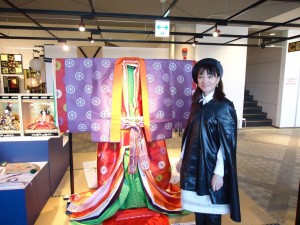
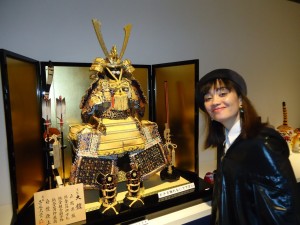
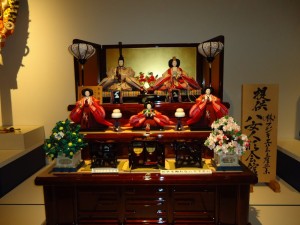
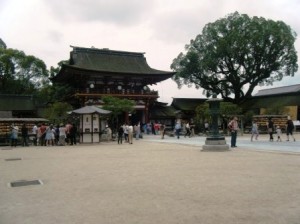
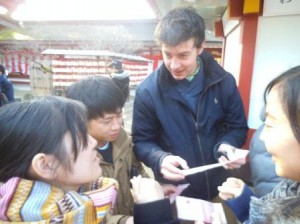
![P2030006[2]](https://www.nilsjapan.com/schoolactivity/wp-content/uploads/2016/02/P20300062-300x224.jpg)
![P2030004[1]](https://www.nilsjapan.com/schoolactivity/wp-content/uploads/2016/02/P20300041-300x224.jpg) We have an annuary event on 3 February. It is called ‘Setsubun’ meaning the day of season change. It is traditionaly the day of the season changing from winter to spring although it is still cold in this time of the year. Japanese people join this event by throwing beans toward ‘Oni,’ which means devil, with saying, “Oni wa soto, fuku wa uchi!!” The word ‘Fuku’ means the happiness. ‘Soto’ and ‘uchi’ are outside and insaide. So they say “Devil out, happiness in!!” The person with the devil mask has to get out of the house, classroom, or inside of a building.
We have an annuary event on 3 February. It is called ‘Setsubun’ meaning the day of season change. It is traditionaly the day of the season changing from winter to spring although it is still cold in this time of the year. Japanese people join this event by throwing beans toward ‘Oni,’ which means devil, with saying, “Oni wa soto, fuku wa uchi!!” The word ‘Fuku’ means the happiness. ‘Soto’ and ‘uchi’ are outside and insaide. So they say “Devil out, happiness in!!” The person with the devil mask has to get out of the house, classroom, or inside of a building. ![DSC02019[1]](https://www.nilsjapan.com/schoolactivity/wp-content/uploads/2016/02/DSC020191-300x225.jpg)
![DSC02030[1]](https://www.nilsjapan.com/schoolactivity/wp-content/uploads/2016/02/DSC020301-300x225.jpg)
![DSC02017[1]](https://www.nilsjapan.com/schoolactivity/wp-content/uploads/2016/02/DSC020171-300x225.jpg)
![DSC02014[1]](https://www.nilsjapan.com/schoolactivity/wp-content/uploads/2016/02/DSC020141-300x225.jpg)
